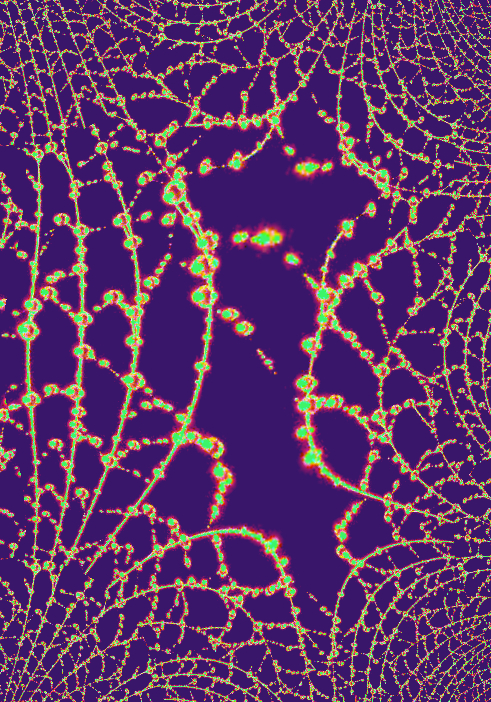Lab-grown silk tested
 Japanese engineers have created a device that spins spider silk.
Japanese engineers have created a device that spins spider silk.
A team led by Keiji Numata at Japan’s RIKEN Center for Sustainable Resource Science says their laboratory product mirrors the properties of natural spider silk.
Spider silk, renowned for its remarkable tensile strength, lightweight, and flexibility, has long been a subject of fascination.
Its strength-to-weight ratio surpasses that of steel, making it an ideal candidate for a plethora of applications ranging from medical to manufacturing.
Despite its impressive qualities, the practicality of harvesting spider silk on a large scale has remained elusive, prompting scientists to explore synthetic alternatives.
The artificial silk gland introduced by Numata and his team is a marvel of biomimicry, employing microfluidic technology to replicate the intricate process of silk production found in nature.
This device, a compact unit etched with microchannels, facilitates the transformation of precursor spidroin solutions into silk fibres by simulating the natural environmental conditions of a spider’s silk gland.
Through meticulous experimentation, the researchers discovered that applying negative pressure to draw the solution through the channels, rather than pushing it, allowed for the spontaneous and accurate assembly of silk fibres.
Ali Malay, a senior scientist involved in the study, expressed astonishment at the efficiency and reliability of the microfluidic system.
“Fibre assembly was spontaneous, extremely rapid, and highly reproducible,” he noted.
The team's success in artificially spinning spider silk opens up new avenues for environmentally friendly textile production and biomedical applications, such as biodegradable sutures and artificial ligaments.
The research not only marks a significant advancement in materials science but also underscores the potential of biomimicry in achieving sustainability goals.
Looking ahead, Numata's team is focused on scaling up their fibre-production methodology for real-world application.







 Print
Print